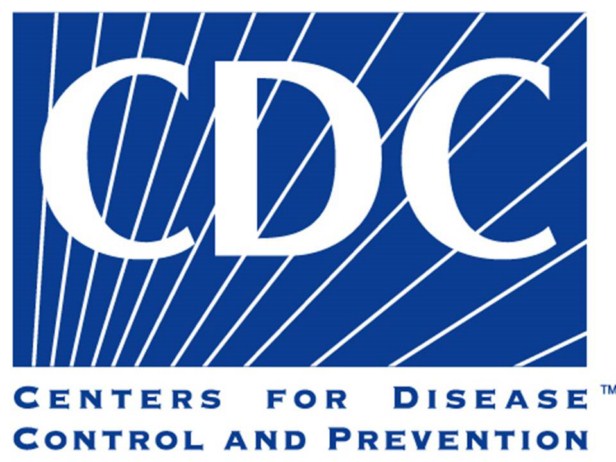| front |1 |2 |3 |4 |5 |6 |7 |8 |9 |10 |11 |12 |13 |14 |15 |16 |17 |18 |19 |20 |21 |22 |23 |24 |25 |26 |27 |28 |29 |30 |31 |32 |33 |34 |35 |36 |37 |38 |39 |40 |41 |42 |43 |44 |45 |46 |47 |48 |49 |50 |review |
 |
The mission of CDC expanded beyond its original focus on malaria to include sexually transmitted diseases when the Venereal Disease Division of the U.S. Public Health Service was transferred to the CDC in 1957. Shortly thereafter, Tuberculosis Control was transferred in 1960 to the CDC from PHS, and then in 1963 the Immunization program was established. It became the National Communicable Disease Center effective July 1, 1967. The organization was renamed to the Center for Disease Control (CDC) on June 24, 1970, and Centers for Disease Control effective October 14, 1980An act of the United States Congress appended the words "and Prevention" to the name effective October 27, 1992; however, Congress directed that the initialism CDC be retained because of its name recognition. CDC now operates under the Department of Health and Human Services umbrella. Currently the CDC focus has broadened to include chronic diseases, disabilities,, injury control, workplace hazards, environmental health threats, and terrorism preparedness. CDC combats emerging diseases and other health risks, including birth defects, West Nile virus, obesity, avian, swine, and pandemic flu, E. Coli, auto wrecks, and bioterrorism, to name a few. The organization would also prove to be an important factor in preventing the abuse of penicillin. |